Autonomous driving is transforming the way we think about transportation, with cutting-edge technologies pushing the limits of what vehicles can do on their own. However, despite these impressive advancements, no technology is without its drawbacks. Let’s take a closer look at 16 major innovations in autonomous driving and the limitations that come with each.
Contents
LiDAR Sensors
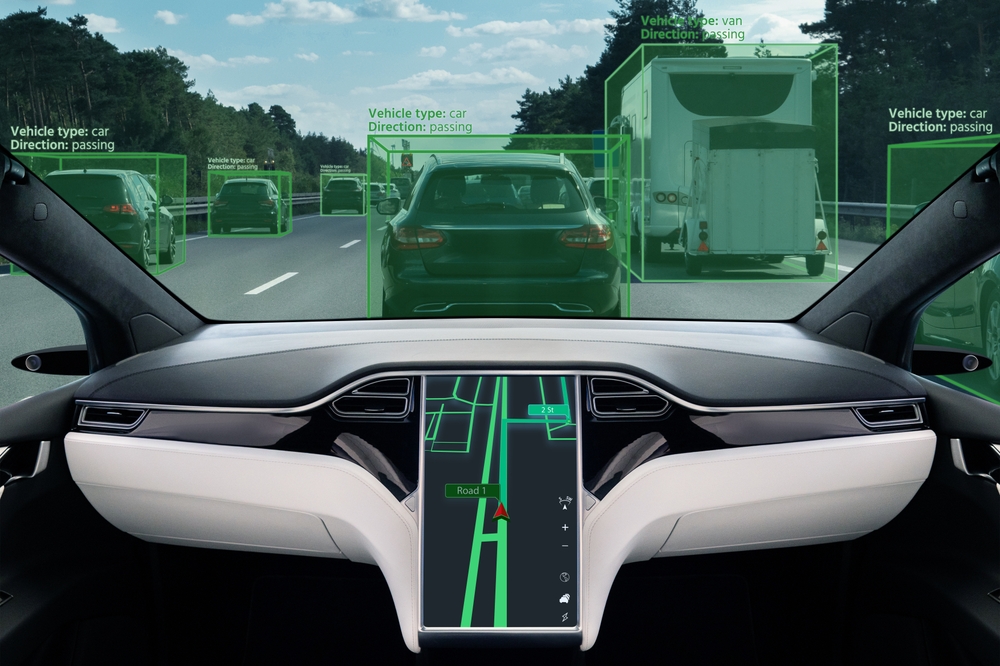
LiDAR (Light Detection and Ranging) is a critical technology that uses laser pulses to create detailed 3D maps of a car’s surroundings. It excels in detecting obstacles and measuring distances with high accuracy, making it essential in autonomous driving. Particularly helpful in low-visibility conditions like fog or rain, LiDAR ensures safety. However, its high cost and difficulty in identifying reflective or transparent surfaces present challenges, limiting its widespread adoption.
Radar Systems
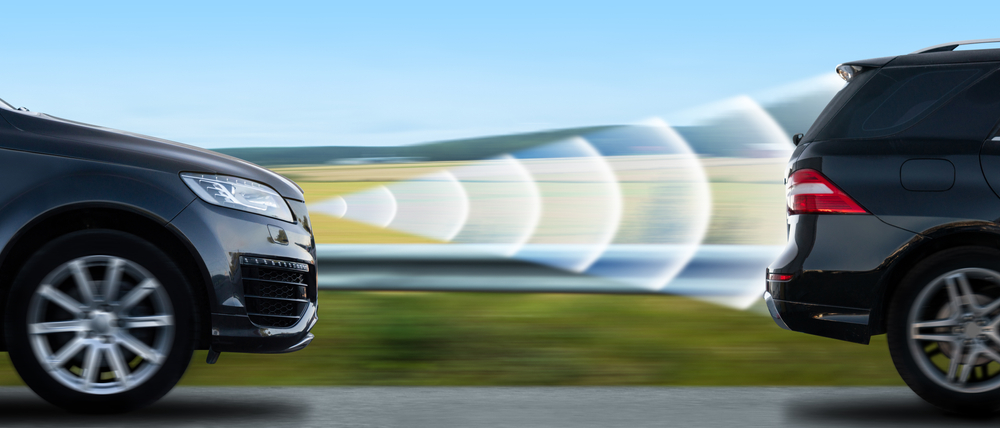
Radar technology detects objects by using radio waves, enabling vehicles to “see” in conditions where cameras may fail, such as heavy rain or fog. This system plays a crucial role in identifying other vehicles and potential hazards. While radar is great for detecting large objects, its resolution is less refined than other systems like LiDAR. This lower resolution can make it difficult for the system to accurately identify smaller objects, such as pedestrians or cyclists.
Computer Vision
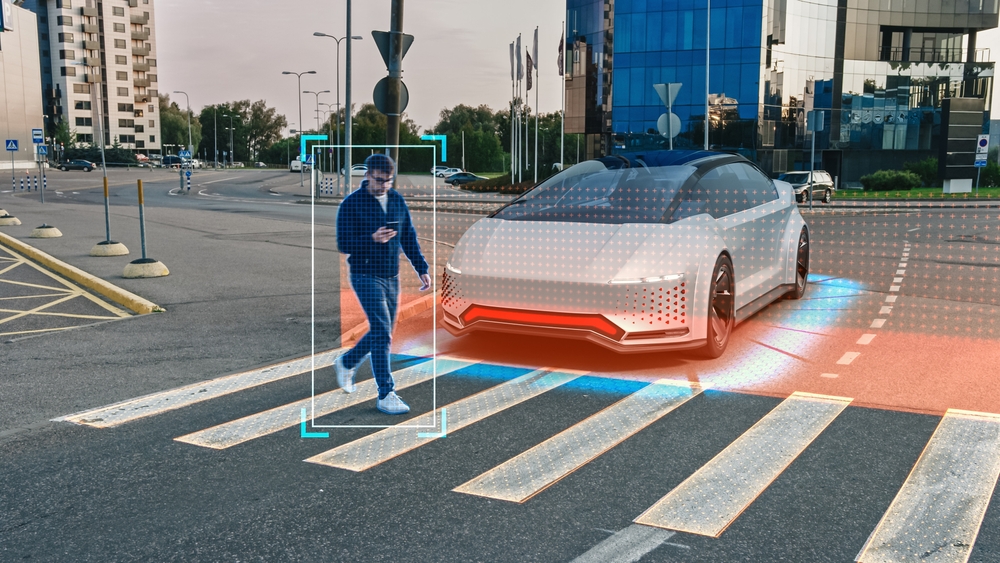
Computer vision uses cameras to identify objects like road signs, lane markings, and pedestrians, processing these visuals through advanced algorithms. Its ability to interpret complex scenarios is key for autonomous systems. However, cameras can struggle in adverse conditions such as low light or glare from the sun. Misinterpretations, like confusing shadows for obstacles, highlight the limitations of relying solely on this visual data.
V2X Communication

Vehicle-to-Everything (V2X) communication enables cars to interact with one another and with infrastructure, such as traffic lights and road signs. By sharing real-time data, V2X can help prevent accidents and improve traffic flow. While this technology has great potential, it is only effective if widely adopted, requiring significant investment in both vehicle technology and infrastructure.
High-Definition Mapping
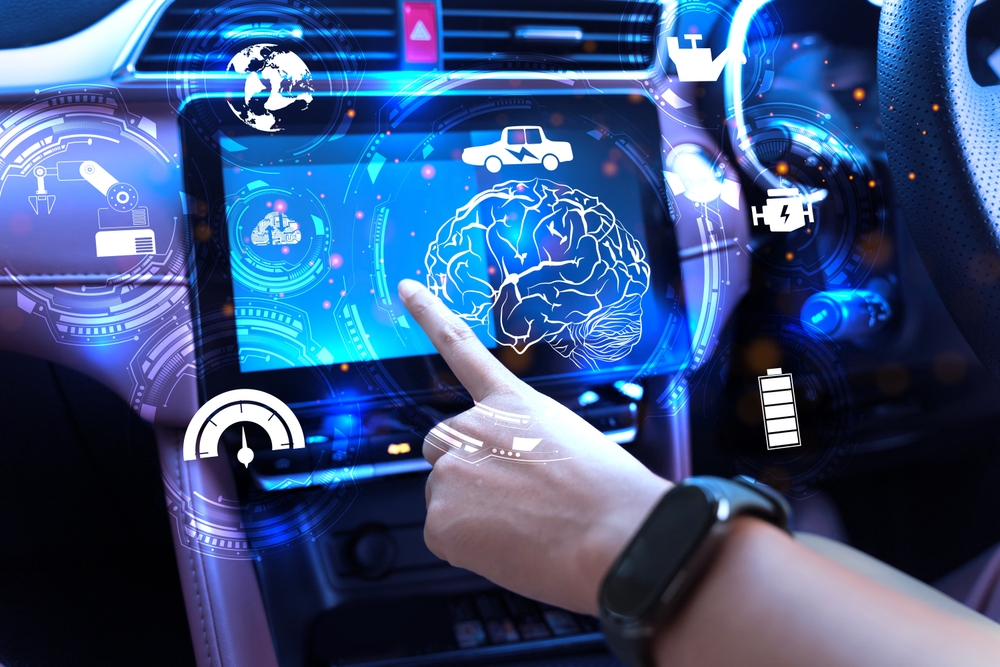
High-definition maps provide autonomous vehicles with precise, up-to-date information about road layouts, traffic signs, and landmarks. These detailed maps help cars make better decisions, especially in complex urban environments. However, they require constant updates to remain accurate, as construction and road changes can render them outdated quickly.
Artificial Intelligence (AI) for Decision Making
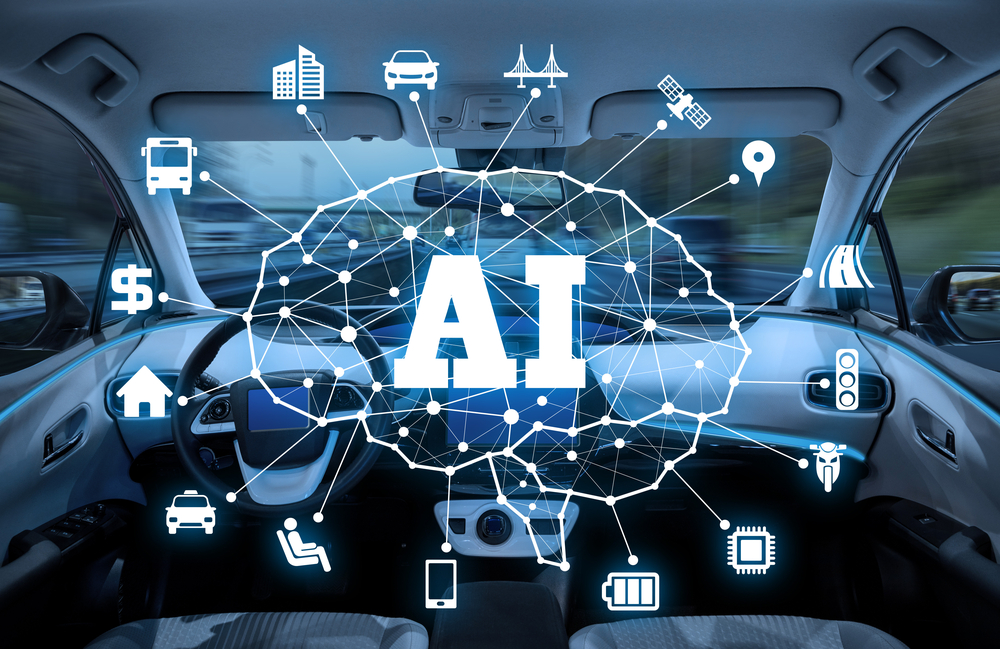
AI powers decision-making systems in autonomous vehicles, allowing them to process data and react to real-world driving conditions. These systems excel at handling structured environments like highways. Yet, AI still has difficulty managing unpredictable situations, such as erratic human behavior or unusual road layouts. The complexity of programming human-like intuition into AI remains one of the most significant barriers to full autonomy.
Sensor Fusion
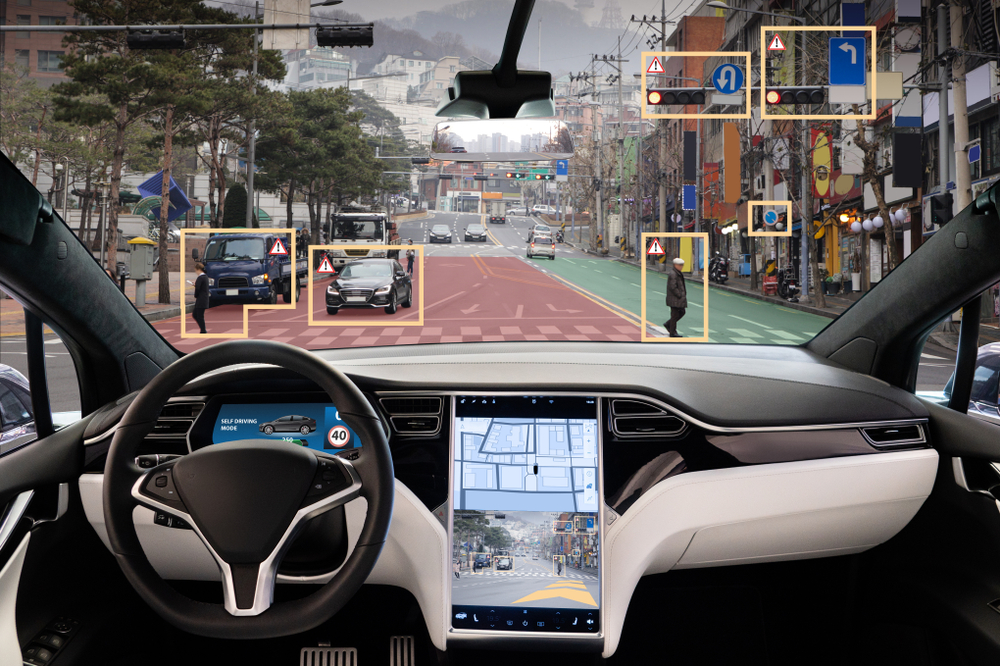
Sensor fusion technology integrates data from various sources—like cameras, radar, and LiDAR—into a unified view of the surroundings. This combined input allows vehicles to make more informed decisions and reduces the likelihood of errors. However, merging different types of sensor data can be computationally demanding, potentially slowing down real-time processing. In high-speed scenarios, even slight delays can impact the vehicle’s performance.
Autonomous Parking

Autonomous parking systems use sensors to detect available spaces and guide vehicles into them with minimal driver input. This feature is especially convenient in crowded urban environments. Nonetheless, the technology is often limited to well-structured parking areas, as it struggles with less-defined or chaotic settings. In these cases, a driver’s input may still be required to complete the parking process safely.
Lane Keeping Assistance

Lane-keeping assistance helps vehicles stay centered in their lanes by using cameras to monitor road markings and make small steering adjustments. It’s highly beneficial for reducing driver fatigue during long highway drives. However, the system can be confused by faded or unclear lane markings, construction zones, or inclement weather.
Adaptive Cruise Control (ACC)
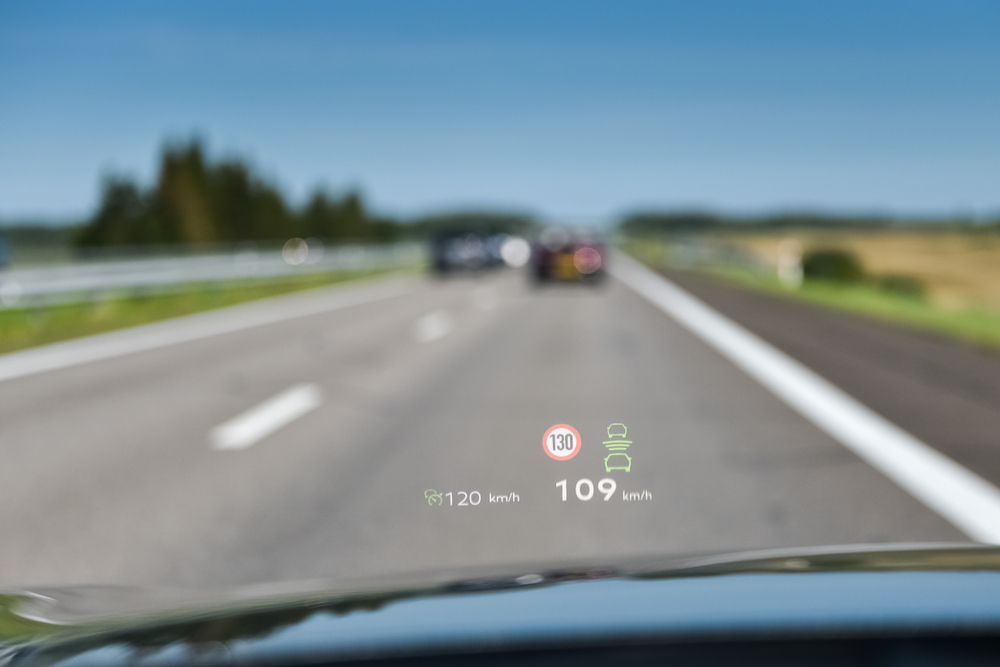
Adaptive cruise control adjusts a vehicle’s speed based on the distance from the car ahead, ensuring a safe following distance in traffic. It offers great convenience, especially on highways. Despite its usefulness, ACC can struggle in complex driving situations where cars make sudden stops or lane changes. In these scenarios, the system’s response may be abrupt, leading to discomfort or safety concerns for passengers.
Emergency Braking Systems
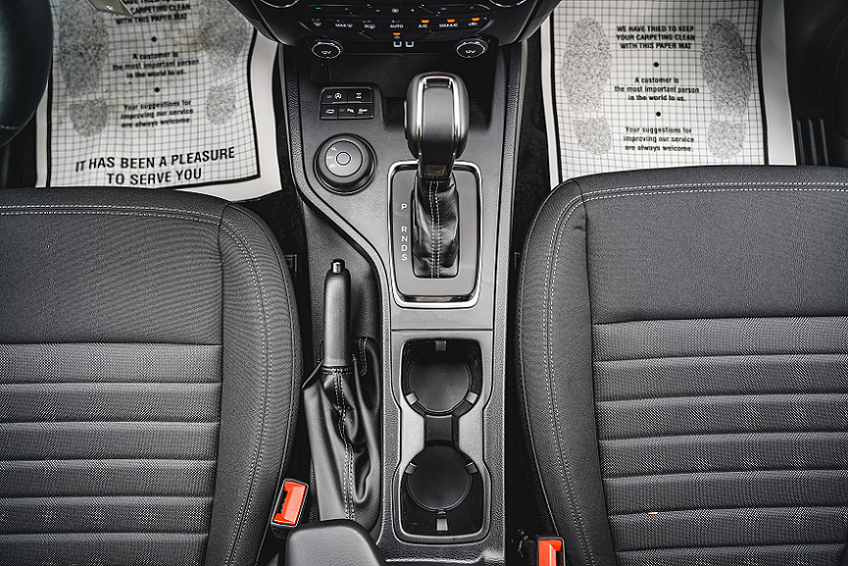
Automatic emergency braking (AEB) systems detect potential collisions and automatically apply the brakes if the driver doesn’t react in time. This technology has significantly reduced the number of rear-end collisions. However, its limitations include difficulty in detecting smaller objects like cyclists or pedestrians, especially at high speeds. In some cases, AEB may fail to engage quickly enough to prevent a collision.
5G Connectivity

The introduction of 5G networks promises faster data transmission for autonomous vehicles, enabling real-time communication between vehicles and infrastructure. This fast connectivity can improve decision-making and traffic coordination. However, 5G coverage is not yet widespread, especially in rural areas, limiting its current impact. Until the infrastructure is fully developed, autonomous vehicles may not be able to fully leverage the benefits of this technology.
Over-the-Air (OTA) Software Updates
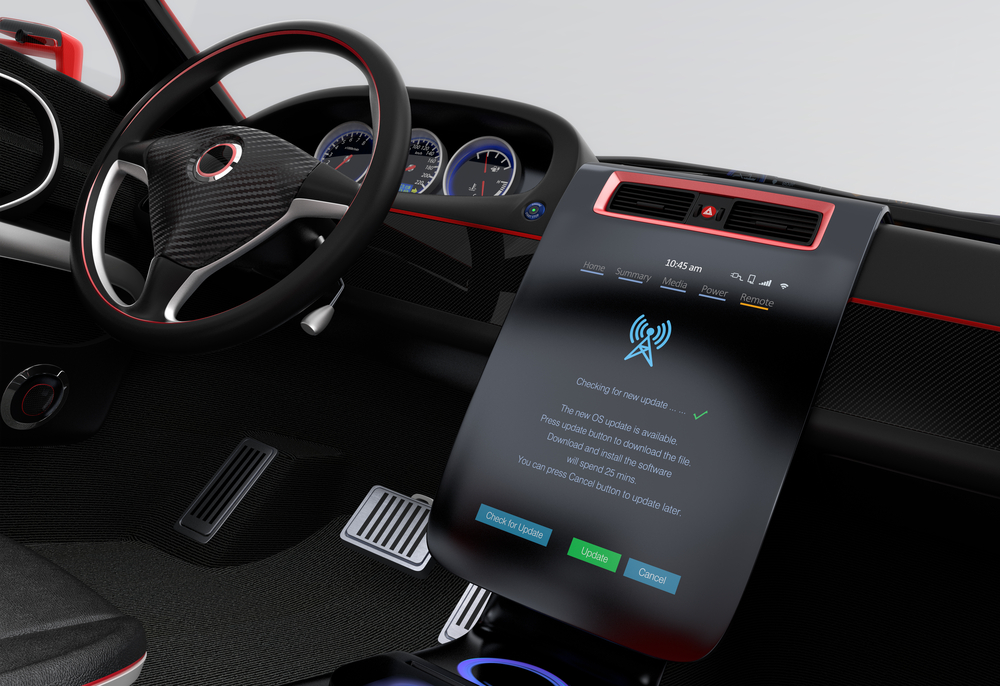
OTA software updates allow manufacturers to send improvements and patches directly to autonomous vehicles, ensuring they remain up-to-date without a trip to the mechanic. This reduces maintenance costs and ensures that cars always operate with the latest features. However, security concerns arise with this convenience, as the system could be vulnerable to hacking. If compromised, these vehicles might be at risk of manipulation, posing safety issues.
Autonomous Emergency Steering
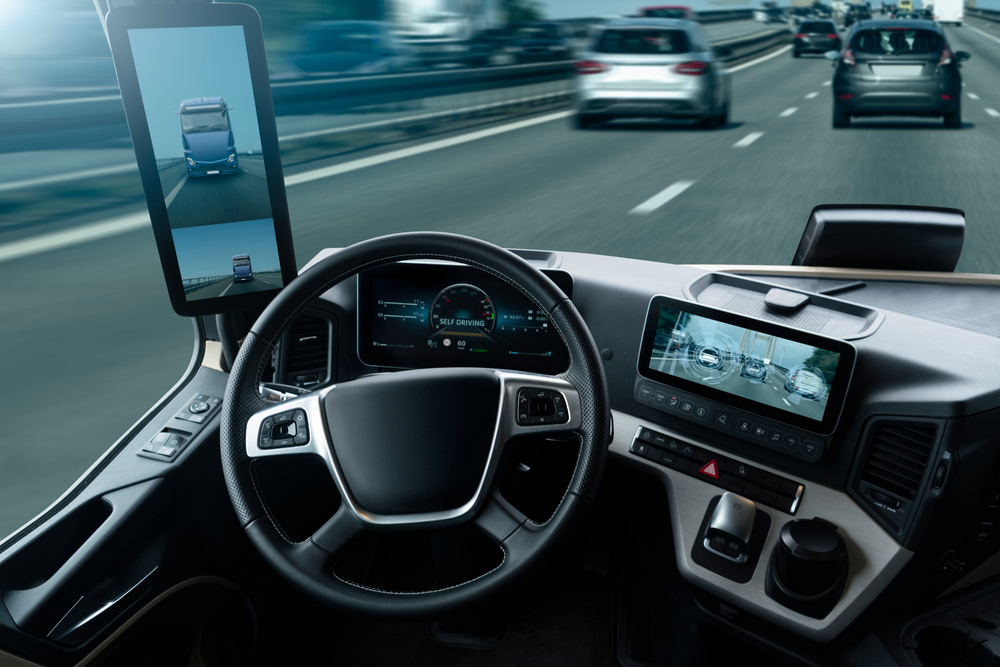
Autonomous emergency steering systems take over when braking is insufficient, steering the vehicle to avoid collisions. It’s particularly valuable in high-speed driving where reaction times are crucial. The system, however, depends on the accuracy of sensors and fast data processing to avoid potential crashes. In fast-moving, complex scenarios with multiple obstacles, these systems can sometimes fail to make the right decision.
Redundant Systems for Safety
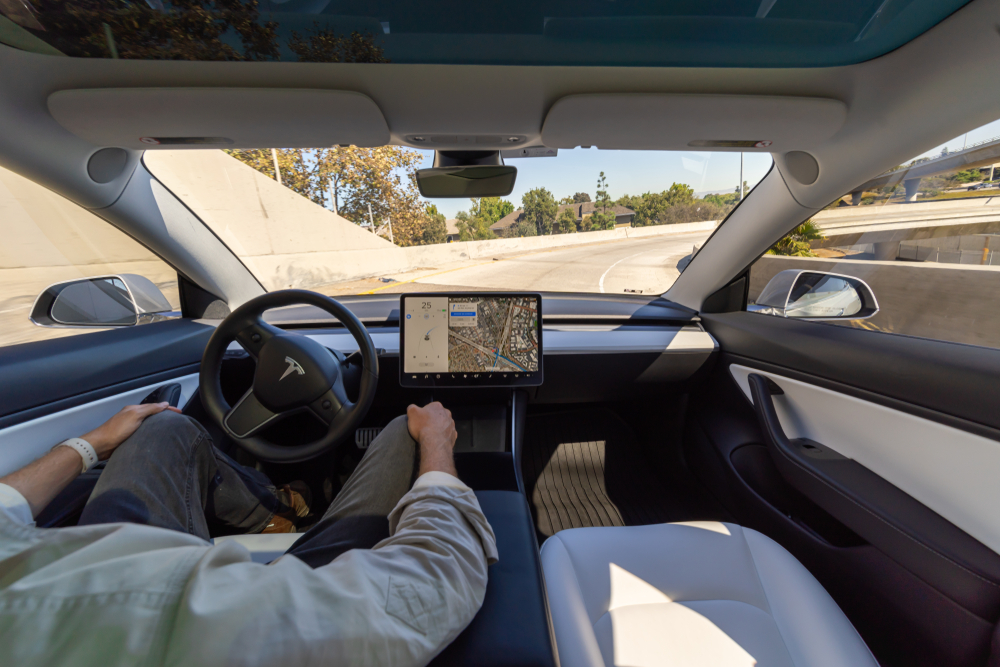
Redundant systems provide backup controls for critical functions like braking and steering in case the primary system fails. These backups ensure a higher level of safety and reliability for autonomous vehicles. However, adding redundancy increases the vehicle’s complexity and cost. Additionally, while these systems provide an extra layer of safety, they are not a complete safeguard against every type of failure.
Driver Monitoring Systems

Driver monitoring systems are implemented in semi-autonomous vehicles to ensure that the driver remains alert and ready to take control if necessary. Cameras track the driver’s eye movements and attention level, signaling when intervention is needed. Although effective, drivers may find ways to bypass the system, or it might not respond quickly enough in emergencies. Consequently, the system’s ability to ensure full driver engagement has its limits.
This article originally appeared in MyCarMakesNoise.
More from MyCarMakesNoise
20 Car Models Automakers Tried to Bury in the Past
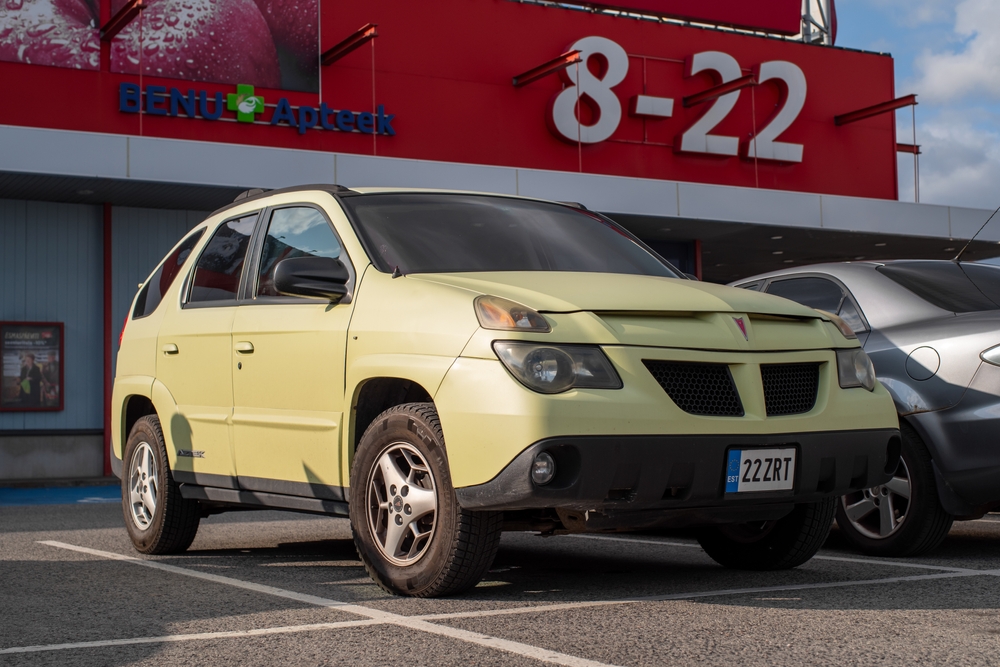
Not all car models achieve success; some are quickly forgotten by the public and even by the manufacturers themselves. These obscure models often represent missteps in design, performance, or market strategy. Read More.
20 Classic Military Vehicles with High Collector Interest

Military vehicles have always captivated collectors with their unique blend of history, engineering, and rugged design. Over the years, certain models have become highly sought after for their rarity and iconic status. Read More.
Chevrolet’s 20 Best-Selling Models and Their Reputation for Reliability
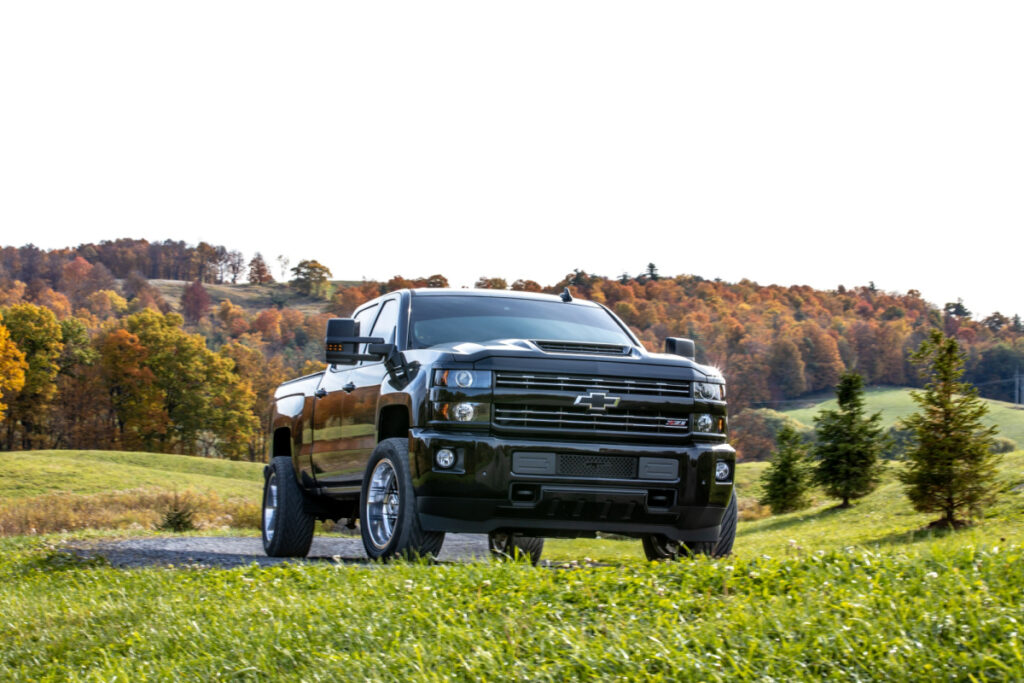
Chevrolet has built a reputation for producing vehicles that drivers can rely on, and their best-selling models are a testament to this commitment. From rugged trucks to versatile SUVs, each of these vehicles has earned its place in the spotlight by delivering consistent performance and dependability. Read More.














